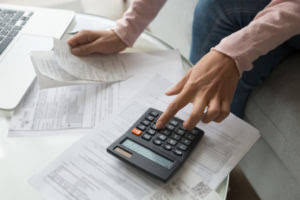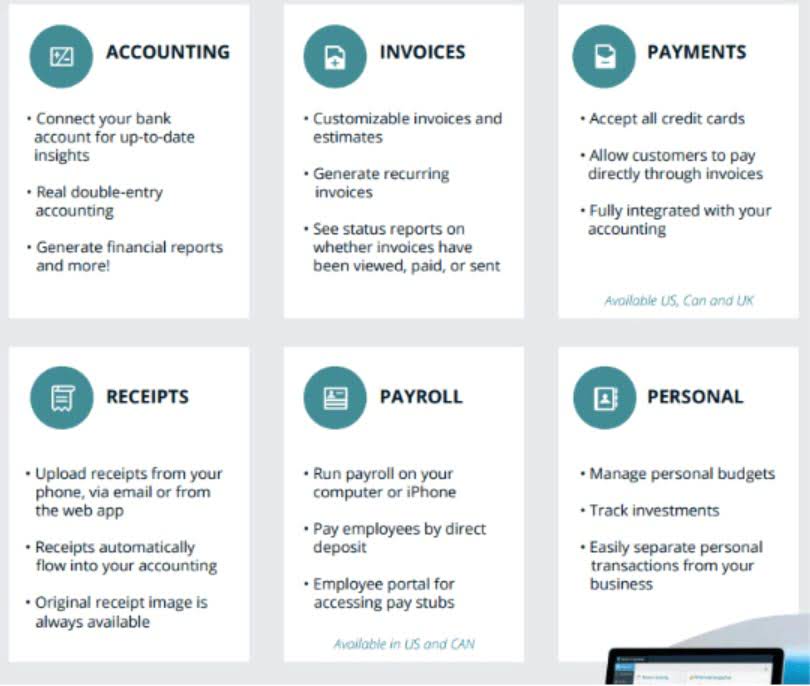
Other times, it’s about figuring out how much it’s worth when it’s done for good, minus the cost of getting rid of it. Salvage value might only focus on its worth when it’s done, without considering selling costs. Salvage value helps to figure out how much your old stuff is worth when it’s done being useful.

What is Qualified Business Income?
To determine the residual value of an asset, you must consider the estimated salvage value formula amount that the asset’s owner would earn by selling the asset (minus any costs that might be incurred during the disposal). Residual value and resale value are two terms that are often used when discussing car-purchasing and leasing terms. Using the example of leasing a car, the residual value would be a car’s estimated worth at the end of its lease term.
- Salvage value or Scrap Value is the estimated value of an asset after its useful life is over and, therefore, cannot be used for its original purpose.
- Salvage value can be considered the price a company could get for something when it’s all used up.
- This $1,000 may also be considered the salvage value, though scrap value is slightly more descriptive of how the company may dispose of the asset.
- Both declining balance and DDB require a company to set an initial salvage value to determine the depreciable amount.
- A business owner should ignore salvage value when the business itself has a short life expectancy, the asset will last less than one year, or it will have an expected salvage value of zero.
- To calculate yearly amortization for accounting purposes, the owner needs the software’s residual value, or what it is worth at the end of the five years.
How Does the Salvage Value Calculator Beneficial?
If a company wants to front-load depreciation expenses, it can use an accelerated depreciation method that deducts more depreciation expenses upfront. Many companies use a salvage value of $0 because they believe that an asset’s utilization has fully matched its expense recognition with revenues over its useful life. Some methods make the item lose more value at the start (accelerated methods), like declining balance, double-declining balance, and sum-of-the-years-digits.

Formula and Calculation of Salvage Value

On the other hand, book bookkeeping value is the value of an asset as it appears on a company’s balance sheet. It is calculated by subtracting accumulated depreciation from the asset’s original cost. Companies determine the estimated after tax salvage value for anything valuable they plan to write off as losing value (depreciation) over time.
- At this point, the company has all the information it needs to calculate each year’s depreciation.
- The majority of companies assume the residual value of an asset at the end of its useful life is zero, which maximizes the depreciation expense (and tax benefits).
- J.B. Maverick is an active trader, commodity futures broker, and stock market analyst 17+ years of experience, in addition to 10+ years of experience as a finance writer and book editor.
- If the salvage value is greater than the book value then income added after deducting the tax, the value/ amount then left is called after-tax salvage value.
- Though residual value is an important part in preparing a company’s financial statements, residual value is often not directly shown on the reports.
- Anything your business uses to operate or generate income is considered an asset, with a few exceptions.
- For example, consider the value of land owned by a company that only slightly went up in value by the end of its useful life.
- It exhibits the value the company expects from selling the asset at the end of its useful life.
- Salvage value is also known as scrap value or residual value and is used when determining the annual depreciation expense of an asset.
- When an asset or a good is sold off, its selling price is the salvage value if tax is not deducted then this is called the before tax salvage value.
If you can get the car checked out by a reliable mechanic to confirm it is safe to drive, then a salvage title vehicle could be the right purchase. You can find the asset’s original price if the salvage price and the depreciation rate are known to you with the salvage calculator. The car salvage value calculator is going to find the salvage value of the car on the basis of the yearly depreciation value. Enter the original value, depreciation rate, and age of asset in tool to calculate the salvage value.

Double-Declining Balance Depreciation Method
It just needs to prospectively change the estimated amount to book to depreciate each month. There are six years remaining in the car’s total useful life, thus the estimated price of the car should be around $60,000. Each year, the depreciation expense is $10,000 and four years have passed, so the accumulated depreciation to date is $40,000. If the residual value assumption is set as zero, then the depreciation expense each year will be higher, and the tax benefits from depreciation will be fully maximized.

